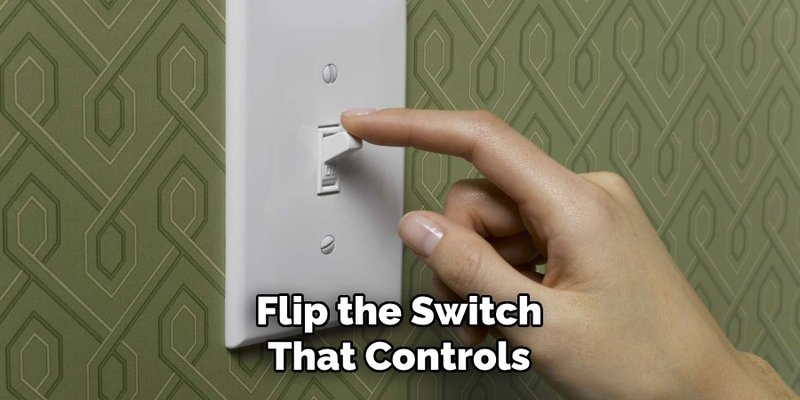
The “Oe” error code on a Honeywell air conditioner often indicates that there might be an issue with the unit’s drainage system. Picture this: your air conditioner is like a sponge, condensing water from the humid air in your home. When everything works perfectly, this water safely drains away. However, when something goes wrong, and it’s unable to drain properly, the unit signals you with an “Oe” error. This message is essentially your air conditioner waving a little white flag, asking for your attention. Fortunately, you don’t need a degree in HVAC systems to reset it. Let’s walk through the steps to get your air conditioner up and running again.
Understanding the “Oe” Error Code
The first step to solving any problem is understanding it. The “Oe” error code isn’t random; it’s a specific signal from your Honeywell air conditioner’s tiny brain telling you there’s a drainage issue. Air conditioners remove moisture from the air as they cool it, and this moisture needs somewhere to go. Typically, it travels down a drain line and out of your home. But when this line gets clogged or blocked, it can cause water to back up, triggering the “Oe” error code.
Imagine if you had a bathroom sink clogged with hair or soap residue. Water would accumulate instead of draining away neatly, right? The same principle applies here. In your air conditioner, instead of hair, it might be dust, dirt, or even algae causing the blockage. Just as a plumber might clear your sink, you’ll need to clear any blockage in your air conditioner’s drainage system. If left unaddressed, this issue could lead to water leakage and potential damage to your unit.
What’s comforting to know is that identifying this code early helps prevent bigger headaches down the road. You might not be able to fix a professional-level HVAC issue, but this one’s usually straightforward enough for a homeowner to tackle. All you need are a few simple tools and a bit of patience.
Resetting the Air Conditioner: Step-by-Step Guide
Now, let’s get to the real action: resetting your Honeywell air conditioner. You don’t need to be a tech whiz for this; just follow these steps carefully:
1. **Turn Off the Power**: Safety first! Before you start tinkering, make sure to turn off the power to your air conditioner. You can usually do this by switching off the unit’s power button or unplugging it from the wall. It’s like pausing a video so it can buffer. Give it a few minutes to ensure it’s powered down completely.
2. **Check the Drain Pipe**: Locate your unit’s drain pipe or hose. It’s often at the bottom of your air conditioner, acting as its main outlet for getting rid of collected water. Carefully examine it for any visible clogs or blockages. You might find it helpful to gently squeeze the pipe to feel for any solid obstructions. If you’re comfortable, use a small brush or a piece of wire to dislodge anything that’s stuck. This step is akin to clearing a breadcrumb trail from a toaster.
3. **Clean the Drain Pan**: While you’re checking the drainage system, take a peek at the drain pan. This is the tray that catches any water dripping from the unit. If it’s full or has standing water, that could be your culprit. Empty it out and wipe it clean. Just like emptying a kettle to prevent limescale.
If there’s water backflow, it’s crucial to deal with it promptly to prevent any build-up and further blockages in the future.
Preventative Tips and Final Reset
Once you’ve cleaned the drain line and pan, you’re ready to reset your air conditioner. Here’s how you complete the process:
Reconnect the unit to power and turn it back on. It’s the technology equivalent of a “deep breath” before starting anew. Keep an eye on the display to see if the “Oe” code disappears. Sometimes, simply powering the unit off and on alone can clear the error.
To prevent future occurrences, regular maintenance is key. Every few months, check the drain line for any signs of obstruction. Keep the area around your air conditioner clean and free of dust. If you notice the error code returning often, it could be the sign of a more complex issue, and you might need to consult a professional HVAC technician.
What’s next? Enjoy the cool breeze and make sure your air conditioner continues working smoothly. Remember, troubleshooting and maintenance can significantly extend the life of your unit, saving you time and energy in the long run.